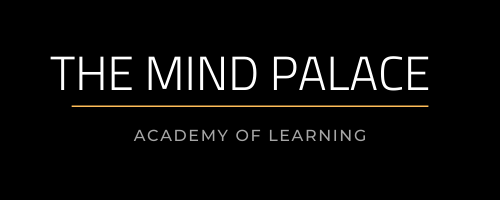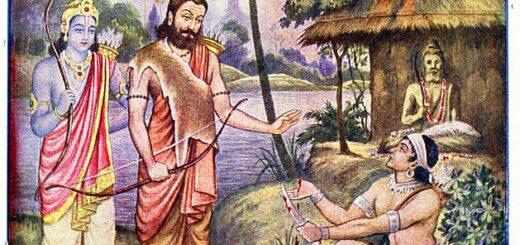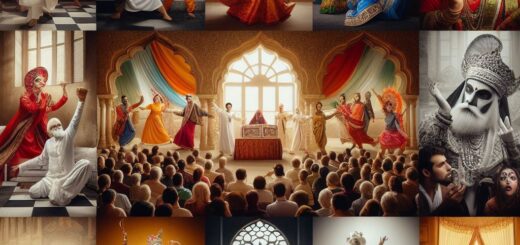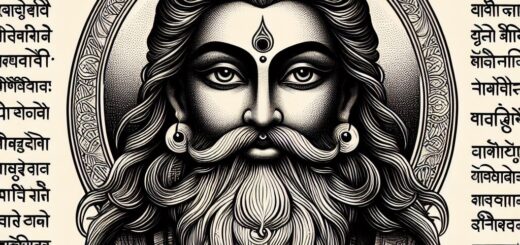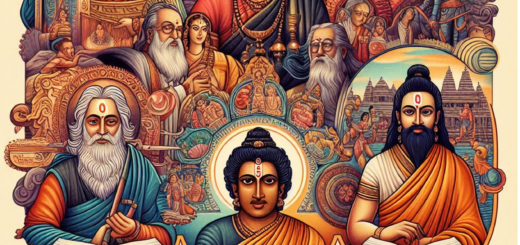The Sky

Summary
The sky (also sometimes called celestial dome) is everything that lies above the surface of the Earth, including the atmosphere and outer space.
When the sky becomes clear you can see countless stars. You will be also able to see shooting stars.During the rainy season thunder, lightning, cyclonic winds,rains etc., are common.
The Sun and its family
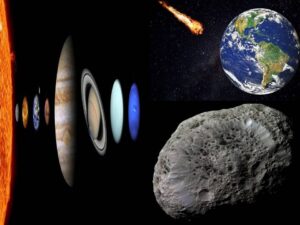
The Sun and its family is known as the Solar System. It comprises of 8 planets, 173 satellites, thousands of asteroids,meteoroids and comets.The stars are self luminous celestial bodies. The
Sun is also a star.The solar system is a part of a galaxy which is known as the Milky way.
The Sun
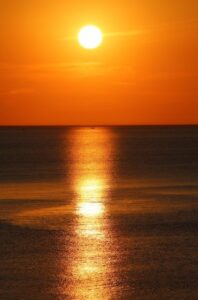
The Sun is a star. It is closer to the Earth than any other star. Therefore, it looks bigger and brighter than all other stars. It is the center of the Solar System. It exerts a gravitational pull on all its members, which orbit around it. The Sun provides light and heat to us. It appears to rise
in the east and set in the west. The heat and light of the sun are essential for human beings,
plants, and animals.
The planets
A celestial body orbiting around the Sun along an elliptical orbit is called a planet. Every planet has its own path of movement which is known as orbit. The Earth also has its own orbit. The planets are non-luminous bodies. They receive light and heat from the Sun.
The Earth

It occupies the third place from the Sun.It is our home and it is a unique planet in
the Solar System.It is the only planet of the solar system where there is life,
because it has ideal conditions for life, such as temperature,water and suitable atmosphere with life supporting gases.
The Shape of the Earth
The Earth is slightly flattened at the poles and bulging at the equator. Such a shape is
called Geoid, meaning earths shaped.It denotes the earth is not completely round or circular
in shape.
Size of the Earth
The Earth is the fifth largest planet in the Solar System. Its equatorial diameter is 12,757 km and
the polar diameter is 12,714 km.The polar diameter is less than the equatorial diameter by 43 km therefore the Earth is spherical in shape. The total surface area of the earth is 510 million square km.
The Movements of the Earth
The earth has two movements. They are the rotation and the revolution.The Earth spins continuously on its axis from west to east. This is called rotation. The Earth also revolves
around the Sun along its orbit. This is called revolution.The earth continues to rotate on its axis while it is revolving around the Sun.
Day and Night
During the Earth’s rotation one side of the earth faces the
sun and receives light. This part of the Earth has day(light), the other side of
earth does not receive light and has night(dark). Since the earth rotates from
west to east, the Sun appears to rise in the east and set in the west.
Solar System

There are 8 planets in the Solar system. In order there are Mercury, Venus, Earth, Mars, Jupiter,
Saturn, Uranus and Neptune. Earlier Pluto was the 9th planet of the solar system. Recently it has been considered as a dwarf planet and is no more a planet of the solar system.
Mercury
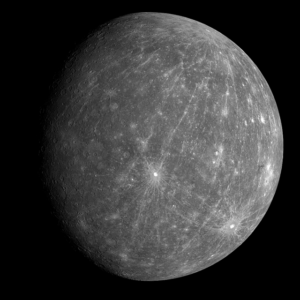
It is the nearest planet to the Sun. It has no water and is the hottest planet. It has a rocky surface, large craters, and mountains. It revolves around the Sun faster than any other planet. It is brown in color.
Venus

It is the second planet from the Sun and smaller than the earth. It is the brightest planet in the solar system. It is also known as morning star, silver star and evening star.
Mars
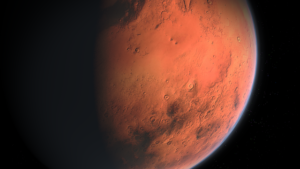
It is the fourth planet from the Sun and is also known as the Red planet. Its red soil is formed because of iron oxide. It has huge volcanic craters, giant canyons and canals. The canals are now as dry as dust. Thus it looks like a desert.
Jupiter

It is the fifth planet from the Sun and the largest planet in the solar system. It is 100 times bigger than the earth.It is a gaseous (gas) giant planet. It has a Great Red Spot. It is three times the size of the earth. There are thin icy and dusty rings around this planet.
Saturn

It is the sixth planet from the Sun and the second largest planet in the solar system after Jupiter. It is also made up of gases. It has thousands of rings of ice, rocks and dust.That is why it looks beautiful and attractive.
Uranus

It is the seventh planet from the sun.Jupiter and Saturn it is made up of gases. It is seen as a blue-green disc. It has rings, which are opaque. It is covered by thick clouds.
Neptune
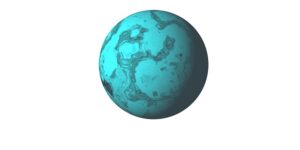
It is the eighth planet from the sun.It is one of the coldest planet in the solar system due to
its great distance from the sun.
Period of rotation and revolution of the planets
| Planet | Duration of earth rotation | Duration of earth’s revolution |
| Mercury | 59 days | 88 days |
| Venus | 243 | 225 days |
| Earth | 24 hours | 365 ¼ |
| Mars | 24 hrs, 37 min | 686 days |
| Jupiter | 10hrs | 12 years |
| Saturn | 10 hrs.39 min | 291/2 years |
| Uranus | 17 hrs.13 min | 84 year |
| Neptune | 16 hrs.23 min | 165 years |
Meteoroids
Small fragments of rocks and debris in space are called meteoroids. When they enter the earth’s atmosphere,they burn up in the atmosphere due to friction and a streak of light is produced. They are known as shooting stars.
Asteroids

Small rocky celestial bodies revolving around the sun are called asteroids. Most of them are located between the orbits of Mars and Jupiter.
Comets

A comet is an icy body that gives out gas or dust. They revolve around the sun They can be seen in the night, when they come close to the earth.When they come close to the sun
they produce a long tail which is made up of gas and dust.Halley’s comet appears once in 76 years.
The Earth’s Satellite – The Moon

A celestial body revolving around the planet is called a Satellite.The Moon is the only natural satellite of the Earth.It revolves around the earth. It does not have light of its own.
It reflects the light from the sun during the night.
Movements of the Moon
The Moon has two movements.
One is rotation on its axis and the other is revolution around the earth.As the moon revolves around the earth, its position in relation to the sun changes from night to night. As a result we
can see the Phases of the moon. The changes in the moon’s visible face is known as phases of the moon.
Exercise
Question and answer
1.How many planets are there in solar system?
Ans:There are of 8 planets in solar system.
2.Write the names of planets in order.
Ans:There are Mercury, Venus, Earth, Mars, Jupiter, Saturn, Uranus and Neptune.
3.Which is the nearest planet to the Sun?
Ans:It is the nearest planet to the Sun.
4.In which planet do we live?
Ans:We live on planet Earth.
